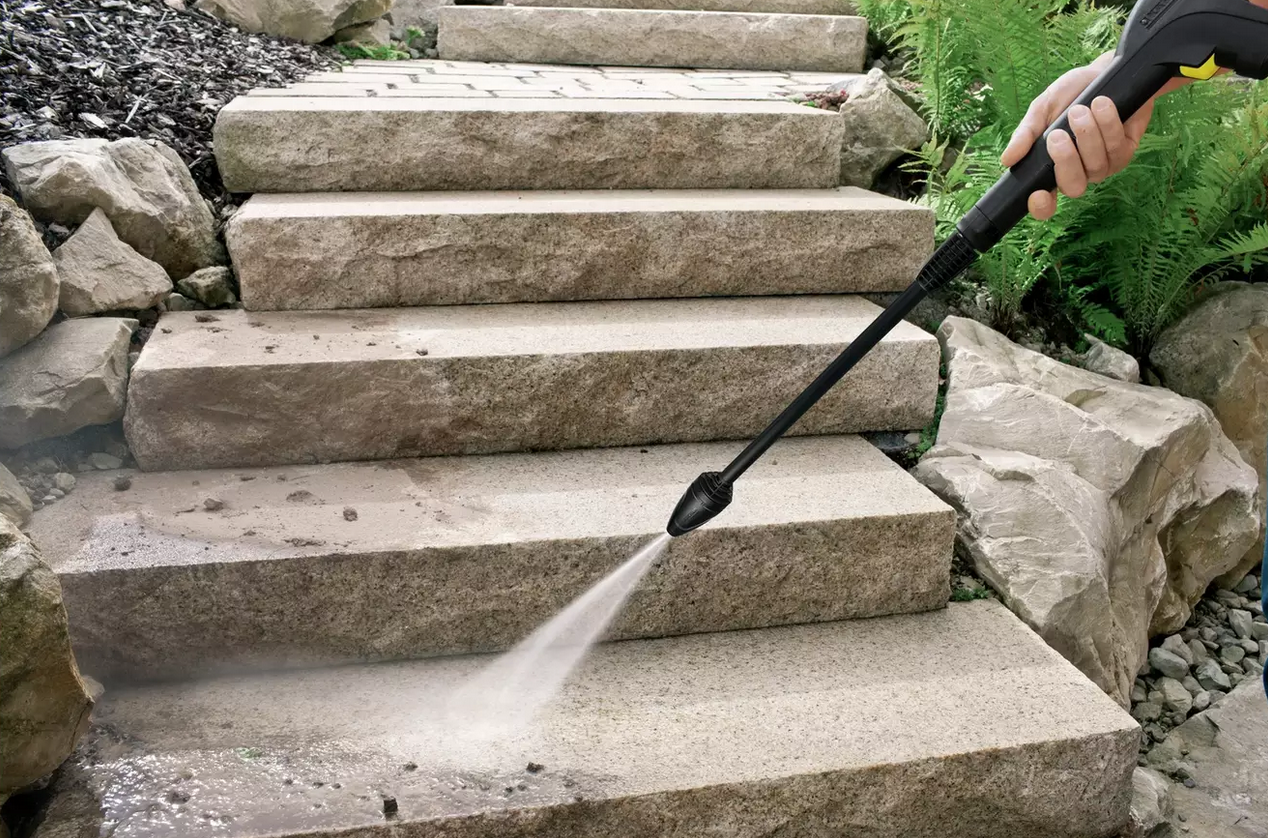
If you're looking for an efficient and powerful method to clean various surfaces, pressure washing is the answer. With its versatility and time-saving benefits, pressure washers have become a popular tool for homeowners and professionals alike. In this article, we will cover everything you need to know about pressure washing.
Understanding Pressure Washers
Pressure washers come in different types, including gas-powered, electric, and cordless battery powered. They work by using a motor or engine to power a pump that pressurizes water, which is then sprayed through a nozzle to create a powerful jet of water. The main components of a pressure washer include the pump, motor, nozzle, hose, and wand. It's important to choose the right type of pressure washer for your specific cleaning task, considering factors such as pressure levels, flow rate, and power source.
Safety First
Safety should always be a top priority when operating a pressure washer. Before starting, make sure to wear proper protective gear, such as goggles, gloves, and closed-toe shoes. Be mindful of electrical hazards if using an electric pressure washer and be aware of carbon monoxide emissions if using a gas-powered pressure washer in an enclosed area. Follow all safety instructions provided by the manufacturer, and never point the pressure washer wand at people, animals, or delicate surfaces.
Proper Usage and Techniques
Using a pressure washer effectively requires proper techniques. Start by preparing the surface you want to clean by removing any debris, sweeping or rinsing the area, and covering delicate plants or surfaces that may be damaged by the pressure. Set the pressure and nozzle according to the surface you're cleaning and maintain a proper distance to avoid damage or injury. Use sweeping motions and overlapping passes for even cleaning and be cautious with sensitive surfaces such as wood or painted surfaces. Always read the instruction manual and follow best practices for handling different surfaces, such as decks, driveways, siding, and vehicles.
Cleaning Solutions and Detergents
Cleaning solutions and detergents can enhance the effectiveness of pressure washing. It's important to use eco-friendly and biodegradable cleaning solutions to minimize environmental impact. Different cleaning tasks may require different types of solutions, such as degreasers for removing oil stains or mildew cleaners for tackling mould and mildew. Follow the manufacturer's instructions for mixing and applying cleaning solutions and avoid using bleach or other harsh chemicals that may damage surfaces or harm the environment.
Maintenance and Troubleshooting
When it comes to pressure washers, it's important to know how to troubleshoot and maintain them to ensure optimal performance. Here are some tips to keep in mind:
- Check for proper water flow and pressure.
- Clean or replace clogged nozzles.
- Inspect and clean the inlet filter.
- Ensure proper fuel or electrical connections.
- Use the right cleaning solution for the job.
- Store and transport the pressure washer properly.
- Regularly inspect hoses, fittings, and seals for leaks.
- Follow manufacturer's instructions for maintenance and storage. By following these troubleshooting tips and proper maintenance, you can keep your pressure washer running smoothly and efficiently for years to come.
Overall, pressure washers can be a useful tool for cleaning your garden. By using the proper technique, you can get amazing results to clean and transform your outdoor space.
You can browse our range of pressure washers here.
For more of our articles on Garden & Outdoors, click here.